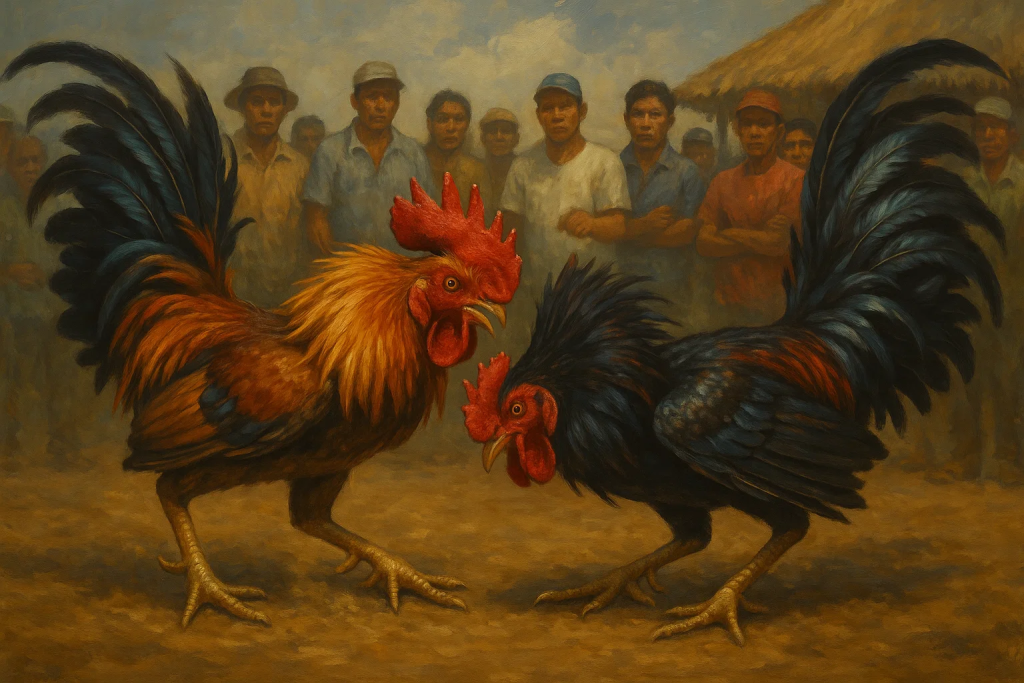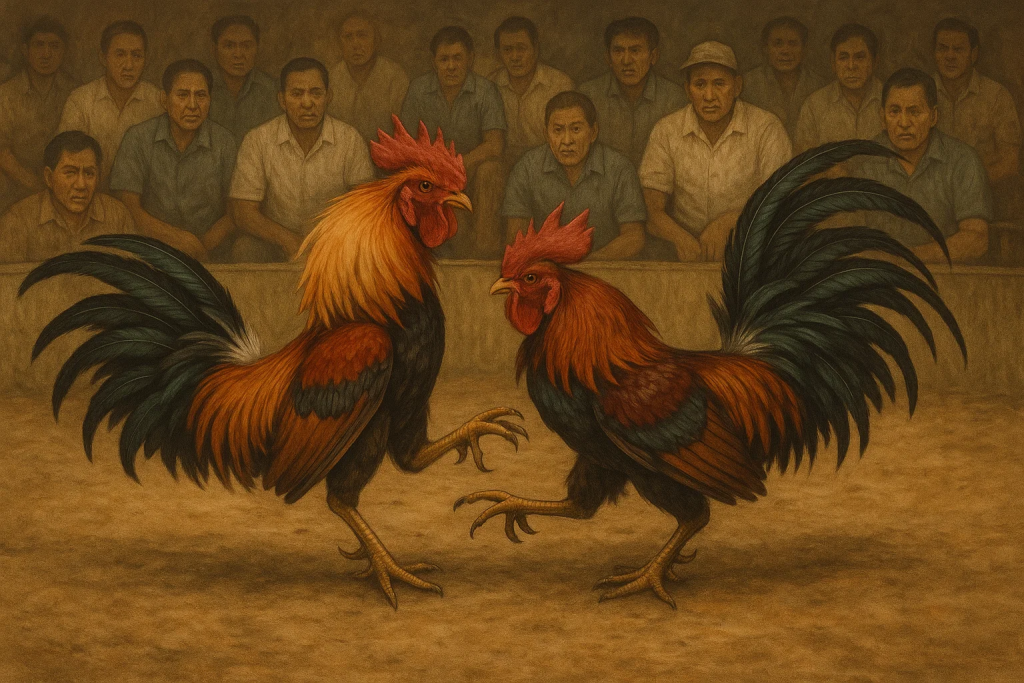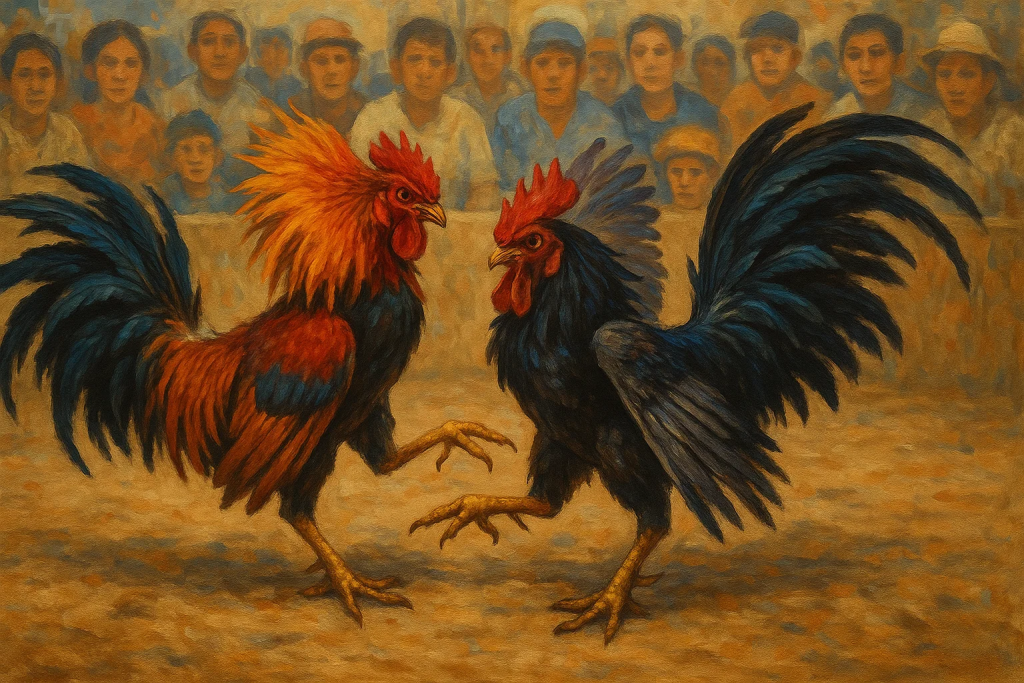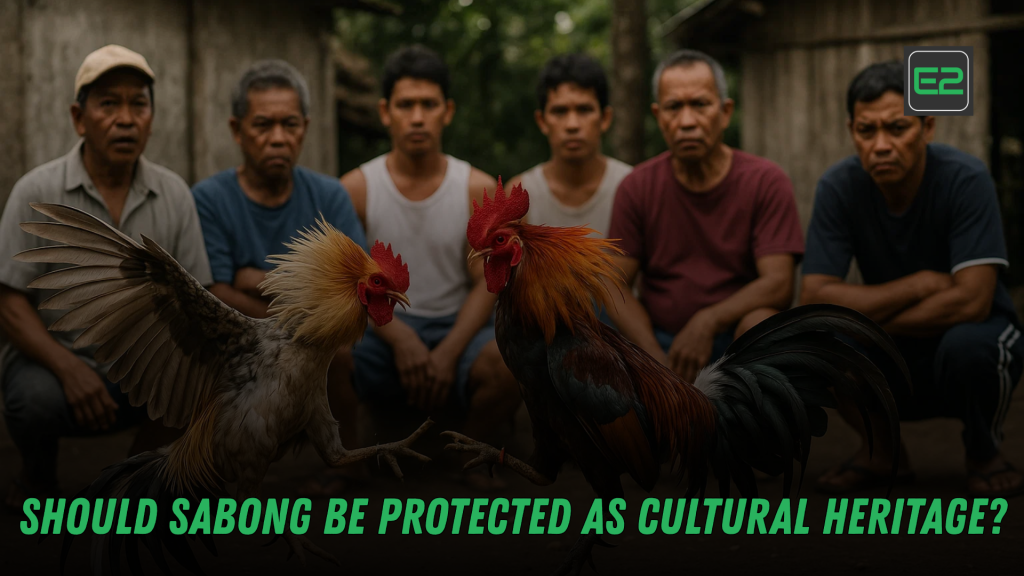Table of Contents
Sabong, or cockfighting, is a deeply rooted tradition in many parts of the Philippines. For centuries, it has been an integral part of Filipino culture, woven into the fabric of social gatherings, festivals, and local economies. However, in recent years, sabong has faced growing criticism due to concerns over animal welfare, public health, and legal issues. This has led to a critical question: should sabong be protected as a cultural heritage?
In this article, we will explore the history, cultural significance, and ongoing debates surrounding sabong in the Philippines. We will also delve into the arguments for and against its protection as part of the country’s cultural heritage. By the end, you will have a clearer understanding of whether sabong deserves to be preserved or if it should be banned altogether.
1. The History of Sabong in the Philippines
Cockfighting is not a recent phenomenon in the Philippines. In fact, cockfighting has been practiced for centuries, with its origins tracing back to ancient Southeast Asia. Historical records suggest that the practice was already widespread during the pre-colonial era. When the Spanish arrived in the Philippines in the 16th century, they encountered Cockfighting as a form of entertainment in local villages. The Spanish were quick to recognize its social and cultural significance, which led to the formalization of cockfighting in the colonial era.
Over time, sabong evolved and became a significant part of Filipino culture. It was included in religious festivals, town fiestas, and community gatherings. People from all walks of life—farmers, businessmen, and politicians—engaged in cockfighting, making it a social equalizer. In fact, even today, Cockfighting events attract crowds from various segments of society, fostering a sense of community and tradition.

2. Sabong’s Cultural Significance
2.1 Social and Community Bonding
For many Filipinos, Cockfighting is more than just a sport—it’s a community event that brings people together. Cockfighting pits often become places of camaraderie, where friendships are forged, and social ties are strengthened. In rural areas, where entertainment options are limited, Cockfighting provides an outlet for recreation and a sense of belonging. It’s a space where people gather to share stories, celebrate victories, and support their local culture.
2.2 Economic Impact
Sabong has also played an important role in the Filipino economy. The industry surrounding cockfighting, including breeding, training, and selling fighting cocks, provides income for thousands of people across the country. Many Filipinos rely on Cockfighting as a livelihood, and it generates significant revenue for businesses involved in the production of cockfighting-related goods, such as feeds, accessories, and betting platforms.
For the government, sabong has historically been a source of tax revenue. Licensed cockpits, where legal Cockfighting events take place, contribute to local and national income, funding various public programs.
2.3 Cultural Pride
Sabong is a reflection of Filipino resilience and strength, values that are often embodied by the fighting rooster. In Filipino folklore, the rooster is a symbol of bravery, endurance, and vitality, which parallels the attributes of the Filipino people. For many, Cockfighting is a symbol of national identity, an aspect of heritage that connects modern Filipinos with their ancestors.

PUBG Mobile Redefines the National Championships: Amazing Rise to Fame
3. The Debate: Should Sabong Be Protected as Cultural Heritage?
3.1 Arguments for Protecting Sabong
3.1.1 Preservation of Filipino Traditions
Proponents of Cockfighting argue that it is an integral part of Filipino heritage and should be preserved as such. The practice has been passed down through generations, forming an essential part of the Filipino cultural narrative. By preserving Cockfighting , we maintain a connection to our history, our ancestors, and the values they held dear.
3.1.2 National Pride
For many, Cockfighting represents Filipino pride. It is an iconic and uniquely Filipino tradition that stands apart from other sports in the world. Just like other cultural practices, such as traditional Filipino dances, music, and festivals, Cockfighting contributes to a distinct cultural identity. Its protection ensures that future generations will be able to appreciate and take pride in this unique Filipino tradition.
3.1.3 Economic Opportunities
As mentioned earlier, Cockfighting provides economic opportunities for many Filipinos, particularly in rural areas. From breeding and training fighting cocks to managing cockpits and organizing events, the cockfighting industry supports livelihoods and helps boost local economies. By protecting Cockfighting, we ensure the continuation of these economic opportunities, especially for those whose incomes depend on the sport.
3.2 Arguments Against Protecting Sabong
3.2.1 Ethical and Animal Welfare Concerns
One of the primary arguments against the protection of Cockfighting as a cultural heritage is the ethical issue surrounding animal welfare. Critics argue that the sport promotes cruelty, as the roosters are trained to fight to the death or suffer severe injuries. While some proponents claim that the birds are treated well and are bred for this purpose, others believe that the practice constitutes animal abuse, regardless of how the birds are treated before and after the fights.
With growing awareness about animal rights globally, many people feel that protecting Cockfighting perpetuates an outdated and inhumane practice. These critics argue that preserving traditions that harm animals for entertainment should not be a part of any modern, ethical society.
3.2.2 Legal and Safety Issues
In recent years, there have been increasing concerns about the legality of Cockfighting. Although it is still legal in some areas of the Philippines, many cockfights operate outside the bounds of regulation, leading to illicit gambling, organized crime, and violence. This has made Cockfighting a controversial issue for law enforcement agencies, with illegal cockfighting rings operating in the shadows.
Furthermore, the safety of both participants and spectators is another concern. While the practice may be considered part of the culture in some areas, the risks involved in both the physical fighting of the roosters and the potential for violence among spectators make it a dangerous activity.
3.2.3 Changing Societal Values
As Filipino society continues to evolve, many argue that Cockfighting is an outdated practice that no longer fits the values of modern times. While it has deep historical and cultural roots, the world is moving towards more compassionate and progressive ideals. There is a growing push for ethical practices and greater respect for animals, and some argue that Cockfighting should be re-examined in light of these shifting values.

4. Finding a Balance
The debate over whether Cockfighting should be protected as cultural heritage is multifaceted, with valid arguments on both sides. On one hand, it represents a long-standing Filipino tradition with social, economic, and cultural significance. On the other hand, it raises ethical concerns regarding animal welfare and the potential for criminal activity.
One possible solution is to find a balance that allows the preservation of Cockfighting as a cultural practice while addressing the ethical and legal issues associated with it. This could include implementing stricter regulations on cockfighting events, improving animal welfare standards, and promoting alternative forms of cultural expression that align with modern ethical values.
Ultimately, the question of whether Cockfighting should be protected as a cultural heritage comes down to a decision about how we balance tradition with evolving societal norms. It is up to the Filipino people, lawmakers, and cultural leaders to decide the future of this complex and controversial practice.
Frequently Asked Questions (FAQs)
1. What is sabong, and how did it start in the Philippines?
Sabong, or cockfighting, is a traditional Filipino sport where roosters are bred and trained to fight each other. Its origins date back to ancient Southeast Asia and it became a formalized practice during the Spanish colonial era.
2. Why is sabong considered an important part of Filipino culture?
Sabong has cultural significance as it reflects Filipino values of resilience, bravery, and community. It has been an integral part of social gatherings, festivals, and local economies for centuries.
3. What are the ethical concerns regarding sabong?
The main ethical concerns about sabong revolve around the treatment of the roosters, as the birds are trained to fight, often leading to injuries or death. Critics argue that this constitutes animal cruelty.
4. Is sabong legal in the Philippines?
While sabong is legal in licensed venues, illegal cockfighting rings still operate in certain areas, often leading to criminal activity and public safety concerns.
5. Can sabong be preserved in a modern, ethical context?
Yes, sabong could be preserved through regulation, ensuring that it follows ethical guidelines for animal welfare and safety. This might involve creating alternative ways to celebrate the tradition while aligning with modern values.

